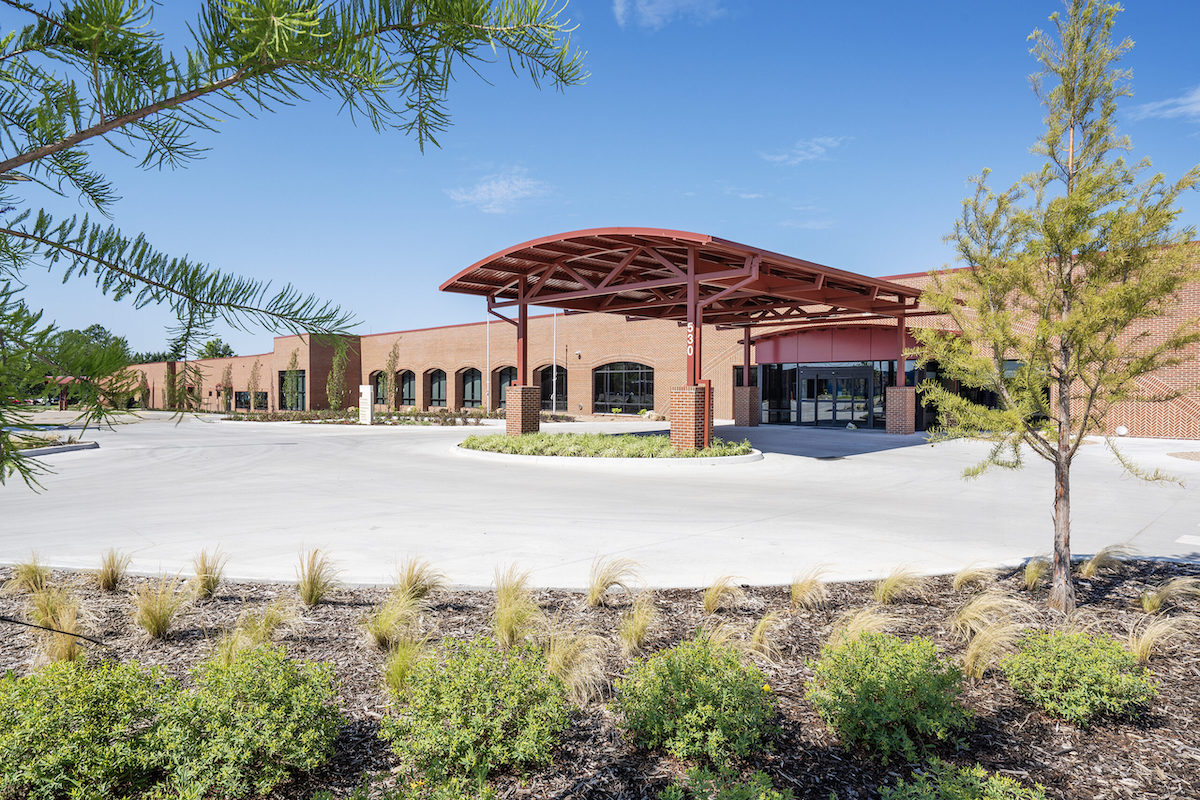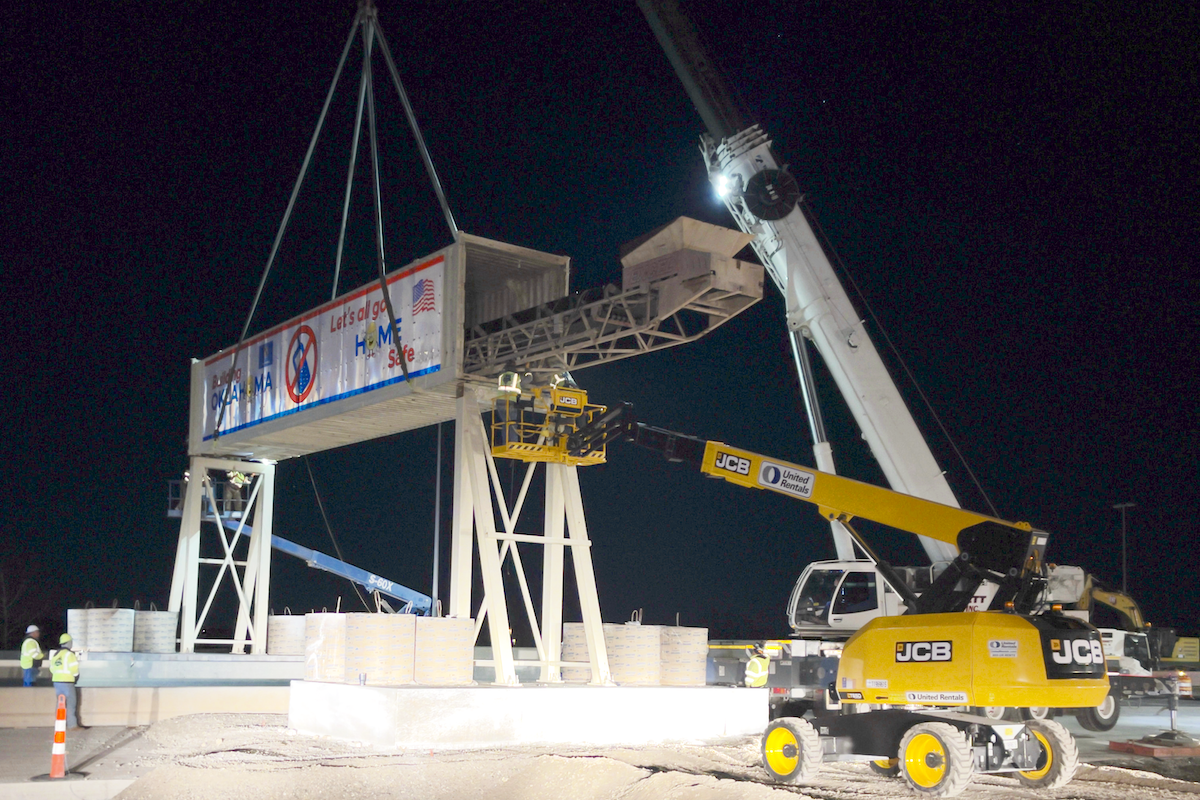AGC officials said construction firms are boosting pay and taking other steps to recruit workers amid tight labor conditions.
“Construction employment strengthened in June, with all segments adding workers despite recent weakness in demand for residential and commercial buildings,” said Ken Simonson, Chief Economist for AGC. “Finding enough qualified workers remains a greater challenge for most firms than finding projects to work on.”
Construction employment in June totaled 8,245,000 (seasonally adjusted) — an addition of 27,000 or 0.3 percent from the month prior. The sector has added 235,000 jobs during the past 12 months, an increase of 2.9 percent.
Nonresidential construction firms — nonresidential building and specialty trade contractors along with heavy and civil engineering construction firms — added 21,200 employees in June. Meanwhile, employment at residential building and specialty trade contractors only grew by 5,500 or 0.2 percent.

| Your local Yanmar dealer |
|---|
| CLM Equipment Co |
| WPI |
The unemployment rate among jobseekers with construction experience declined from 3.6 percent in June 2023 to 3.3 percent, the lowest June rate in the 24-year history of the data. A separate recent government report said that new hires in construction at the end of May totaled 383,000, growing 3 percent from one year prior. The new hires figure does not account for the number of workers who left the industry during the same time frame.
Average hourly earnings (AHE) for production and nonsupervisory employees in construction — covering most onsite craft workers as well as many office workers — jumped by 4.6 percent over the year to $35.64 per hour.
However, “This industrywide average hides the persistently higher increases for nonresidential production workers,” Simonson said. “AHE for production workers rose 6.4 percent at heavy and civil engineering construction firms and 6.1 percent at nonresidential building firms from May 2023 to May 2024. These rates have fluctuated but not trended down for the past two years.”
Construction firms in June provided a wage “premium” of nearly 19 percent compared to the average hourly earnings for all private-sector production employees. That premium has remained close to 19 percent for more than a year, Simonson said.
Despite June’s jump in construction employment, AGC officials noted that firms would likely have added even more jobs last month if more qualified workers were available to hire. They said labor shortages are preventing some firms from bidding on projects, limiting the amount of competition in the construction industry.
“Boosting investments in programs that expose more students to high-paying careers in construction will put more workers on a path to middle-class prosperity,” said Jeffrey D. Shoaf, AGC’s Chief Executive Officer. “Until public officials boost those investments, however, the lack of workers will undermine construction activity and constrain employment growth.”








































































